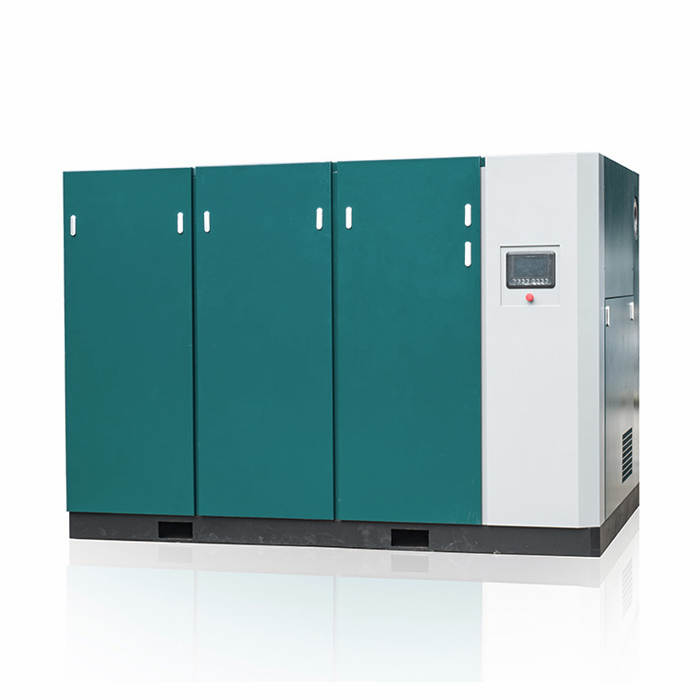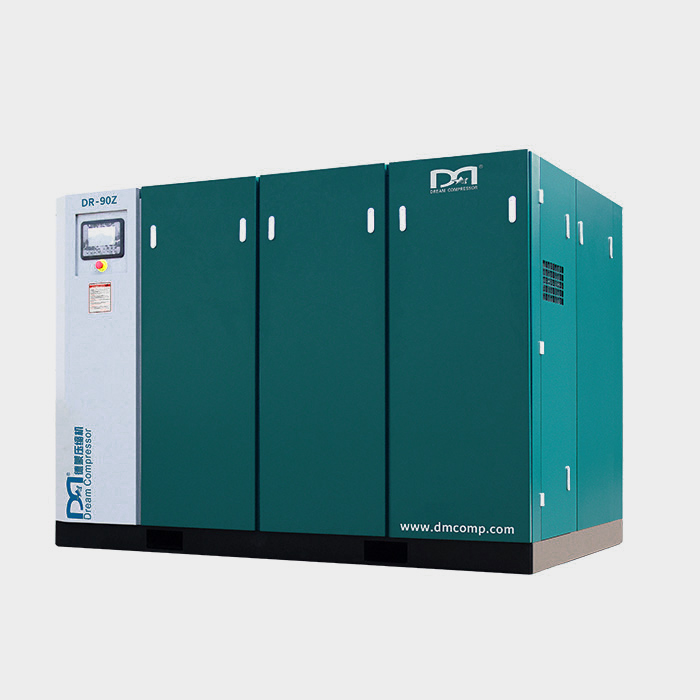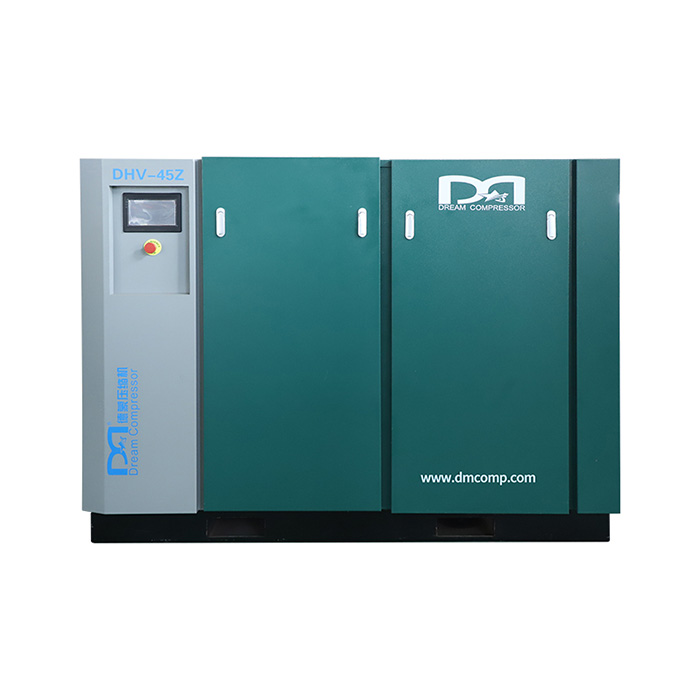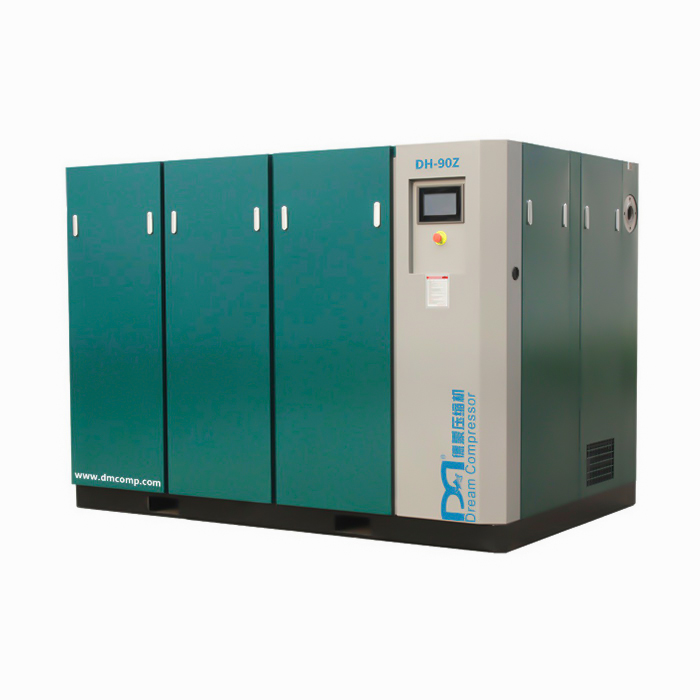(1) Compressed media
Why use air as the compression medium?
Because the air is compressible, clear and transparent, and easy to transport (non-condensing), harmless, safe, and inexhaustible.
Inert gas is a gas that has no chemical effect on the environment. Standard compressors can compress inert gas as well. Both dry nitrogen and carbon dioxide are inert gases.
Nature of air:
Dry air composition: nitrogen (N2) Oxygen (O2) carbon dioxide (CO2)
78.08% 20.93% 0.03%
Density: at 0℃, 760mmHg column, R0=1.293kg/m3
(Two), "level" and "segment"
In a positive displacement compressor, after each compression in the working chamber, the gas enters the cooler for cooling, which becomes a "stage".
In power compressors, the compressor usually enters the cooler for cooling after two or more impeller compressions. The several compression "stages" that are cooled each time are collectively called a "section".
In Japan, the "stage" of the positive displacement compressor is called the "section", and individual regions and individual documents in China are affected by this, and the "stage" is also called the "section".
(Three), pressure
The pressure referred to in the compressor industry refers to pressure (P)
The force of 1N acting on the area is 1Pa, that is, 1Pa=1N/㎡. Pa is the basic unit of pressure. When the pressure value is large, kPa (1kPa=1000Pa) and MPa (1MPa=1000000Pa) can be used.
ⅠStandard atmospheric pressure (atm)
Ⅱ Gauge pressure and absolute pressure
① The pressure measured by the pressure gauge is the gauge pressure, which is the difference between the pressure in the container and the local atmospheric pressure, which is the pressure measured at the zero points of atmospheric pressure, expressed by P(G).
②The pressure with absolute vacuum as the zero points is called absolute pressure, which is the sum of the pressure in the container and the local atmospheric pressure, expressed by P(A).
The relationship between gauge pressure and absolute pressure: gauge pressure + atmospheric pressure = absolute pressure
The discharge pressure usually given on the compressor nameplate is the gauge pressure.
Ⅲ Working pressure
Suction and exhaust pressure refers to the suction and exhaust pressure of the air compressor
The gas pressure measured at the inlet flange of the working chamber of the first-stage cylinder of the compressor and the outlet flange of the working chamber of the last-stage cylinder is called the suction and discharge pressure of the compressor.
In some cases, the discharge pressure of the compressor is also called "back pressure"
The suction and discharge pressure of the screw air compressor refers to the suction and discharge pressure of the entire air compressor. Generally speaking, the working pressure of the air compressor refers to the discharge pressure.
Ⅵ Conversion of pressure units commonly used in air compressors
1MPa (megapascals) = 1000kPa (kilopascals) = 1000000Pa (Pascals)
1bar (bar) = 0.1MPa
1atm (standard atmospheric pressure)=0.1013MPa=1.013bar=760mmHg=10.33mH2O
1kgf/cm2 (engineering kilogram force)=0.981bar=0.0981Mpa
1psi (Lb/in2)=0.07031kgf/cm2=0.06893 bar=6.893kpa
1MPa=145psi
Psi (lb/in2) pounds per square inch, commonly used in product parameters in English-speaking countries such as Europe and the United States
Usually in the air compressor industry, "kg" means "bar









